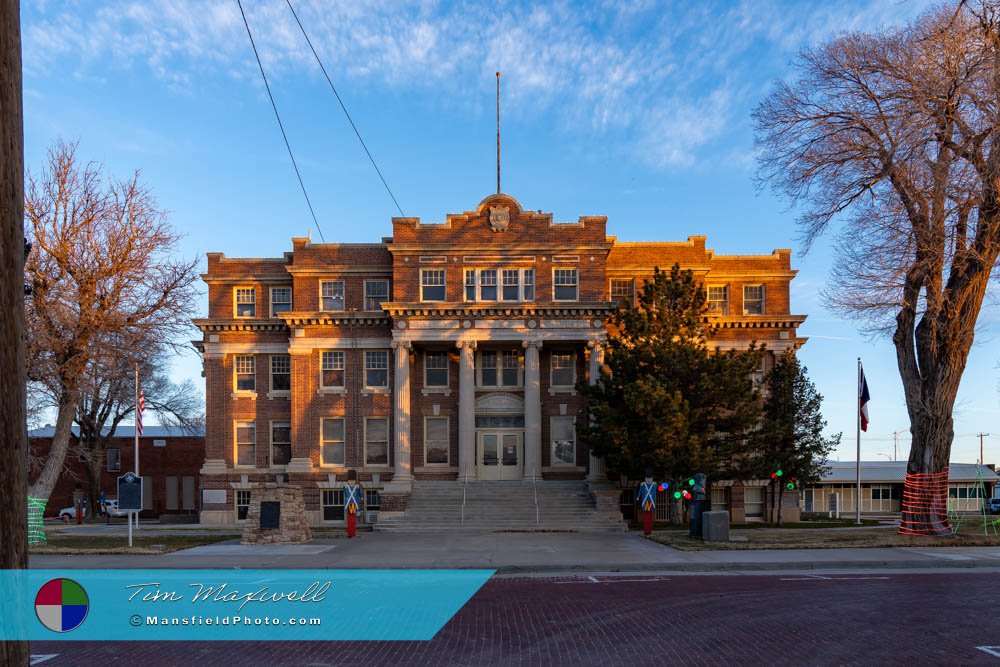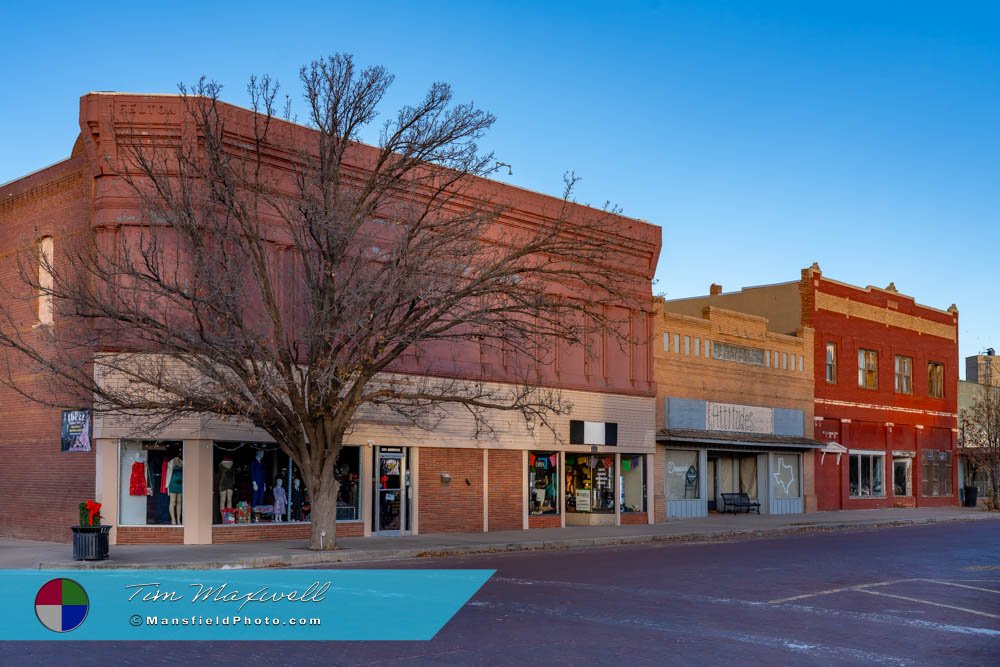Mansfield Photography
Dalhart, Texas
– The XIT City.
Dalhart, located in the far reaches of the Texas Panhandle is a town that embodies the rugged spirit of the Lone Star State. Known affectionately as the “XIT City,” this unique community holds tales of ranching, resilience, and a distinct identity shaped by its geographic remoteness and historical ties.
Foundations on the Frontier
The town was officially established in 1901 when the Chicago, Rock Island, and Pacific Railway intersected with the Fort Worth and Denver Railway. This intersection created an ideal location for a settlement, initially known as Twist Junction. Later, the town adopted the name Dalhart, combining the first syllables of the names of the two counties in which it is located.
From its earliest days, the area was integral to ranching. It became the epicenter of operations for the legendary XIT Ranch, once the largest cattle ranch in the world. Spanning over three million acres, the ranch was established as part of a deal to finance the construction of the Texas State Capitol in Austin. The “XIT” brand became synonymous with the region, and its legacy is celebrated to this day.
A Glimpse Into the Past
The town flourished in the early 20th century, thanks to its strategic location and ties to the ranching industry.
It became a hub for cattle drives and rail transport, playing a critical role in connecting ranches to broader markets. During this time, the community developed a picturesque downtown, complete with brick streets that remain a focal point of its charm.
The Dallam County Courthouse, an architectural beauty standing tall in the heart of downtown, reflects the pride and aspirations of the town’s early settlers. Built in 1922, its stately presence speaks to a time when communities invested in monumental structures to symbolize stability and ambition.
Fun Facts and Unique Tidbits
Few towns in Texas highlight the sheer size of the state quite like this one. For perspective, the community is located closer to six other state capitals—Denver, Santa Fe, Oklahoma City, Cheyenne, Topeka, and Lincoln—than it is to Austin, the Texas capital. This geographic quirk underlines the remoteness of the Panhandle and the connections this town shares with neighboring states.
The area’s association with the XIT Ranch is a point of pride. Every year, the town celebrates this heritage with the XIT Rodeo and Reunion, a massive event featuring rodeo competitions, parades, and more. The festival draws visitors from across the region, showcasing the strong sense of community and tradition.
Additionally, the town’s role in World War II as the site of a prisoner-of-war camp adds a fascinating layer to its history. The camp housed German soldiers, reflecting the town’s participation in global events during the mid-20th century.
Present-Day Panhandle Life
Today, the community maintains a balance between honoring its past and looking forward to the future. Downtown remains a highlight, with its charming brick streets and the historic courthouse offering a glimpse into the town’s storied history. Local businesses and shops contribute to a welcoming atmosphere, ensuring visitors feel the same frontier hospitality that has defined the area for over a century.
The economy is still tied to agriculture, with ranching and farming serving as the backbone of the region. Modern advancements have allowed the community to thrive despite its remote location, and the town continues to be a vital part of the Texas Panhandle’s identity.
📸 Interested in More Photos of This Town?
For those seeking a unique destination that captures the spirit of the American West, Dalhart is a compelling choice. Its connections to the legendary XIT Ranch, its historical landmarks, and its enduring traditions make it a fascinating chapter in the story of Texas. Whether you’re exploring the charming downtown or marveling at the wide-open plains that stretch to the horizon, you’ll find yourself immersed in a place where history and heritage are as vast as the Texas sky.







